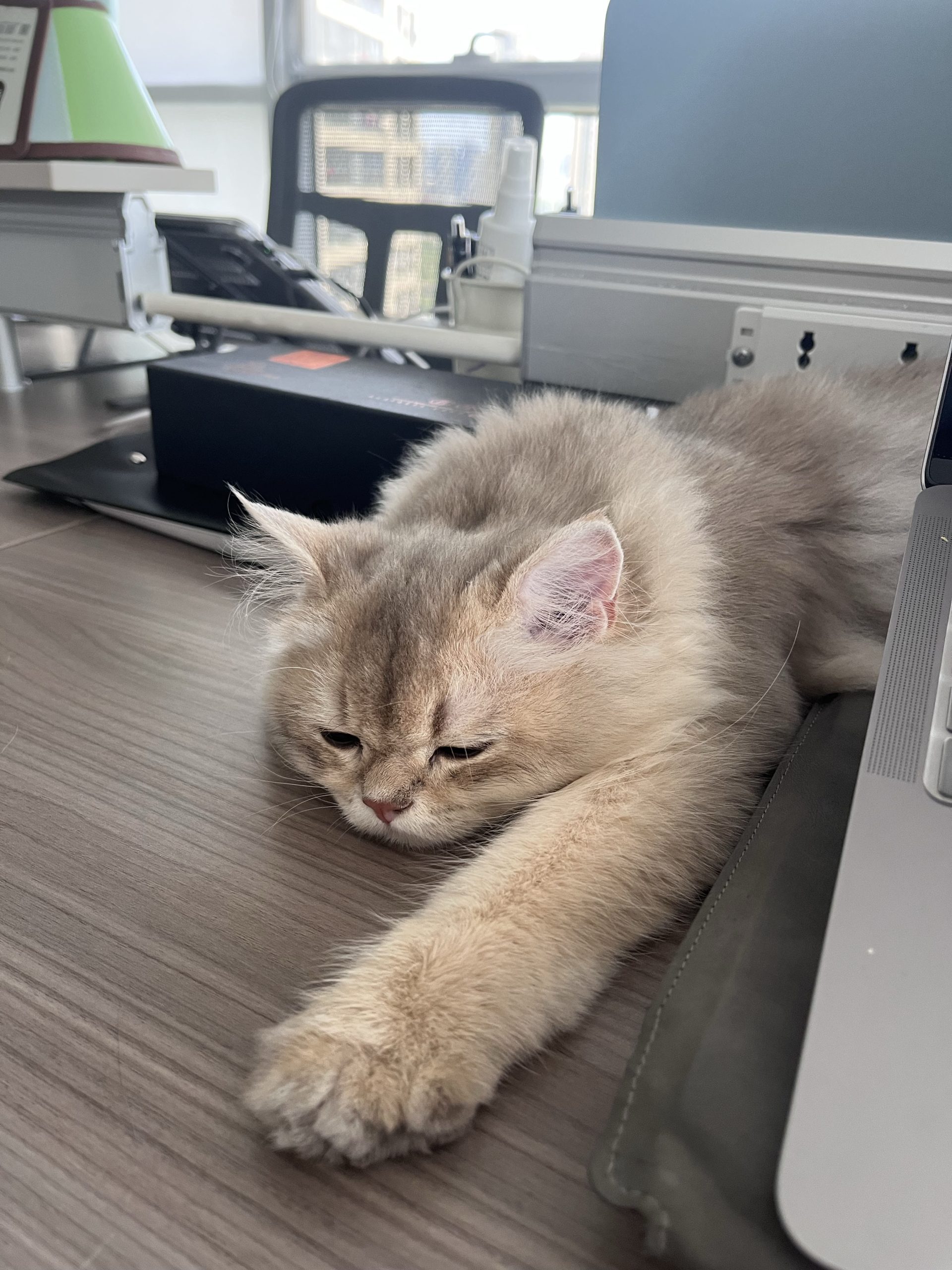Cat Behavior: From It to Equipment – Why Do Some Cats Prefer Heights While Others Love Sleeping on the Floor?
Only by understanding the cat behavior and the behavioral logic behind these preferences can we choose the right equipment for cats and make them live more comfortably. Cat owners are often puzzled by their feline friends’ living preferences: some cats occupy the top of the bookshelf all day long, while others insist on curling up on the cold floor. Such differences are not random choices but stem from behavioral instincts formed through millions of years of evolution.

Wild Instincts in Cat Behavior: Heights Are a Safety Zone Engraved in Their Genes
Although domestic cats have been domesticated for thousands of years, they still keep the primitive habits of desert cats. In the wild, high places serve as cats’ “strategic watchtowers” – they can not only watch the movements of prey but also avoid natural enemies like canines. This is why many cats have a special fondness for the top platforms of cat trees.
Behavioral studies have found that the cortisol levels (stress hormones) of cats in high places are significantly lower than those of individuals active on the ground. For cats with sensitive personalities, a cat tree over 1.5 meters tall is not just a toy, but also a “refuge” for psychological safety. Such cats will particularly like multi-layered cat trees with enclosed cabins, which can not only meet their climbing needs but also give a sense of concealment.
https://barkmeowpets.com/index.php/product/classic-anti-hair-cat-tree/

Cat Behavior: Temperature Preference – The Floor Is a Natural “Thermostat”
Cats have a different body temperature regulation mechanism from humans. Their ideal ambient temperature is 30 -38°C, which is 5- 10°C higher than the comfortable temperature for humans. Nonetheless, when the ambient temperature exceeds 32°C, cats with thick fur will actively look for low-temperature areas — the floor, especially those made of ceramic tiles or marble, which can quickly dissipate heat through thermal conduction.

This explains why it’s common to see cats lying on the floor “spread out like pancakes” in summer: this posture can maximize the contact area between their body and the cold surface. For such cats, ground mats made of ice silk can be prepared in summer, and replaced with heated fleece mats in winter, which are more in line with their temperature needs than traditional enclosed cat beds.
Cat Behavior: The Game of Security – The Code for Choosing Between Open and Enclosed Spaces
Observations show that bolder cats prefer sleeping in open, elevated spots, while timid ones tend to favor “ground-level hiding places” like under beds or sofas. This is related to the “safety distance” theory: confident cats expand their control range by occupying high positions, while cautious cats need “escape routes” — low-lying spaces on the ground allow them to retreat quickly when startled.
When choosing equipment for cats, their unique cat behavior and distinct personalities should be taken into full account: lively young cats, driven by their energetic and curious cat behavior, are suitable for tall cat trees with hanging toys that cater to their need to climb and play, while newly adopted stray cats, whose cat behavior tends to be cautious and skittish as they adapt, may need a semi-enclosed floor bed placed in “corner safe zones” like wall corners to help them gradually build trust in the new environment.
The essence of a cat’s choice of living space is a continuation of its “survival strategy”. When you find that your cat rejects an expensive cat bed, don’t rush to think that it “doesn’t know what’s good” — perhaps the equipment fails to meet its instinctive needs. Only by matching equipment like cat trees and floor cushions according to cat behavioral preferences can cats truly feel that “this is my exclusive territory”. After all, for cats, the core of “comfort” is never about appearance, but about a sense of security that conforms to their nature.


